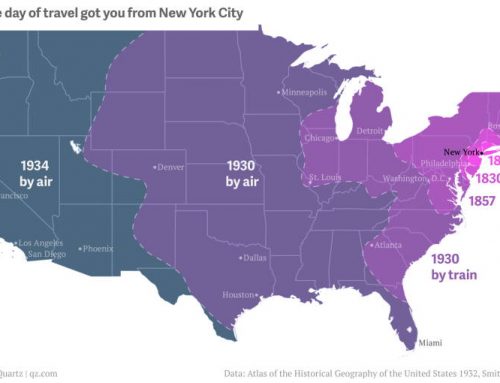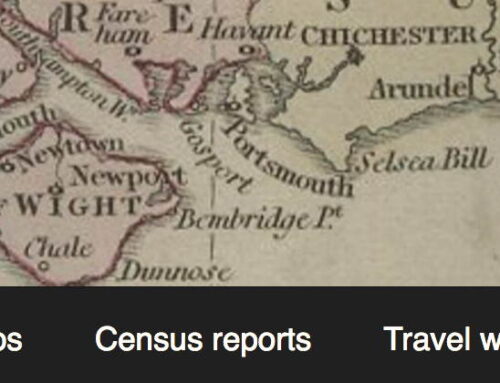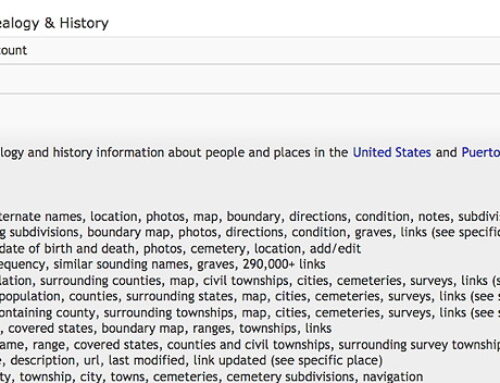The Houston Suffragists Project researched women who voted in Harris County for the first time in 1920, combining data and maps in new ways. This is not only a great site for research. But it’s also a wonderful example from the Houston Genealogical Forum (HGF) of a genealogical society outreach project that can reach new audiences. And it also advances our understanding of women’s lives in the early 20th-century.
Please note: The map above includes the actual racist classifications used by the US Census Bureau in 1920. For more about racism in federal census and how those descriptions evolved, visit Racial Classification in America here.
Meet the HGF Researchers
Inspired by the centennial of the 19th Amendment, Rae Bryant, Monica Andersen, Mary Hollis, Ginny Douglas, and Barbara Richards decided to find out more about local suffragists. So these five HGF members began  researching women in Houston who paid the poll tax in 1920, when the 19th Amendment went into effect.
researching women in Houston who paid the poll tax in 1920, when the 19th Amendment went into effect.
With additional research help from HGF members Lynda Collins, Randy Pace, and Carolyn Shimek, the HGF genealogists found data on several thousand 1920 Houston suffragists. And from their work, the story of the first women to vote in federal elections in Texas emerged.
Houston Suffragists Project
My newsletter readers know I’m a fan of Big Data, combining information with visuals. The Houston Suffragists Project does a great job in this regard, telling the story of this election. A map is available, as well as a surname database, for users to search for the Harris County women who made history in 1920.
 The amount of research that went in to this project is truly impressive. Newspapers, poll tax records, census, city directories, street maps, current maps, National Register of Historic Places, and Stephen Morse’s database are just a few of the sources used.
The amount of research that went in to this project is truly impressive. Newspapers, poll tax records, census, city directories, street maps, current maps, National Register of Historic Places, and Stephen Morse’s database are just a few of the sources used.
I know genealogists and women’s studies scholars will appreciate reading about the records and research methodology of the HGF genealogists here. And you can find at their website more about the creation and features of the Houston Suffragists Project is available.
The 1920 Elections
Poll tax laws governed voter qualifications in Texas. State election laws did not include women. This section describes the conflict between the 19th amendment and state laws. Suffragists reacted to the Texas legislature’s attempt to impose the poll tax on women and restrict their voting rights. They filed a lawsuit that led to a tremendous turn out of women voters on November 2, 1920. This unique Harris County opportunity included record numbers of Black women voting for the first time. Read the outcome and newspaper accounts of the lawsuit and election day in the Laws and Lawsuits section. From their website:
The List
We discovered a list of Harris County poll taxpayers of 1919 and 1920. From this list of 22,563 taxpayers, we extracted about 3,590 names of women. We researched them and identified about 2,900 women. Our list includes details from the 1920 Census. Is your grandmother, aunt, or great grandmother on the list? Search for your family in the List section.
The Map
The homes of these women are reported with addresses from 1920 (see featured image above)…. The addresses have been plotted on a map that overlays 1920 streets on 2020 streets. Old street names have been researched to put these women on renamed streets…. Find your grandmother and her neighbors on the map.
The Results
Readers of this blog and my monthly newsletter know I’m all for Big Data, aka data visualization. One of the many gifts digitization brings to history is the ability to marry data with graphics, such as maps. And that’s exactly what this splendid project has done.
HGF genealogists, your female ancestors would be proud. Now let’s figure out how to duplicate this success in our own genealogy societies.





Leave a Reply